Fixing a broken Linux System can be a cumbersome job if you don’t have the idea of what exactly is going on. What most of us do when we gets a broken Linux system? Most of us searches the forum and/or google about the problem. While we hate troubles, how about installing a ‘Trouble Maker‘ application, which essentially creates troubles, gives you hard time and want you to fix broken system.
This is a nice way of learning to fix a broken Linux System. For this purpose, there is a special Linux Distro available called ‘Damn Vulnerable Linux’ (DVL), it’s bundled with ill-configured, outdated and exploitable tools which trains administrators to industry standard.

However, no any distribution or tool is a replacement for clearly understanding the Linux and experience in dealing with unknown problems. This is where, Trouble-Maker comes into the picture. With this “Trouble Maker” you can train Yourself on any standard Linux distribution and hence no specific distro is required.
In fact, you will never underestimate DVL distribution. The DVL distro contains a lot of broken applications and bugs whereas “Trouble Maker”, will provide you with 16 different modules.
Trouble Maker Components
Trouble Maker consists of three main components and they are:
- The trouble-engine is developed in a cross platform way, so it can run on as many target platforms as feasible .
- The trouble-modules are developed so as to denote which machines they apply to, and what requirements they have.
- The trouble-module-builder is an extra module (optional) system designed to clarify packaging trouble-module files into certain modules. Currently not implemented.
At this time, only RedHat Enterprise Linux, CentOS, Fedora and SUSE Linux Enterprise Server are supported. When you install and run the “Trouble Maker” first time, it will randomly choose a problem from its set of modules and ask you to deal with boot problem, configuration problem, hardware problem and user reporting problem.
It is Strongly recommended not to install “Trouble Maker” on your Primary/Production Machine. Better use it on any of the ‘virtual machine‘ in order to remain away from any trouble or data loss.
Installation of Trouble-Maker in Linux
The application is a cross-platform project and hence don’t come bundled with OS specific files/application. The project is developed in Perl programming language. Of course you need Perl installed on your Linux server, before using the application.
To install required Perl modules, you need to install and enable third party RPMForge repository under your systems. Please use the following article to enable repository.
Install and Enable RPMForge Repository in RHEL/CentOS
Once you’ve enabled RPMForge repository, you can run the following command to install required Perl modules.
# yum install perl-Archive-Tar perl-YAML
Now, download the latest Trouble-Maker application using the following download link or you may use the wget command to download it as shown.
http://sourceforge.net/projects/troublemaker/files/
# cd /tmp # wget http://kaz.dl.sourceforge.net/project/trouble-maker/trouble-maker/0.11/trouble-maker-0.11.tgz # cd / # tar -zxvf /tmp/trouble-maker-0.11.tgz # /usr/local/trouble-maker/bin/trouble-maker.pl --version=RHEL_6
How to Run Trouble-Maker in Linux
The default mode for running trouble-maker is very easy to use. Simply run the following command with the version flag. For example, on RedHat Enterprise Linux 6, run the command as shown.
# /usr/local/trouble-maker/bin/trouble-maker.pl --version=RHEL_6
To run a specified module.
# /usr/local/troublemaker/bin/troublemaker.pl –version=RHEL_6 –selection=module_name
Trouble-Maker Problem Modules
Having a look at some of the System breaks, arising as a result of running Trouble Maker.
1. No GUI! Only command Line
Area to see: Your Runlevel has been modified from 5 to 3 in /etc/inittab file.
2. User ‘gdm’ don’t exist
Area to see: Modification in /etc/passwd file.
3. INIT: No more process in the runlevel
Area to see: Problem with /etc/inittab file.
4. Switchroot: Mount Failed: No such file or directory
Area to see: Location of root partition is modified. You need to change /boot/grub/grub.conf
5. Can’t log in as root
Area to see: You need to check file /etc/pam.d/login file.
6. initrd file not found
Area to see: correct /boot/grub/grub.conf
7. Network is not working
Area to see: You have to see at number of places. Check if ‘ifconfig’ command is working or not followed by looking into the file /etc/sysconfig/network file.
8. Log in to root denied, in console
Area to see: check /etc/pam.d/login file and /etc/security file and correct either or both of them.
9. FTP is not working
Area to see: check for errors in the ftp configuration file, /etc/hosts.allow and /etc/hosts.deny.
10. SSH not working
Area to see: Fix SSH configuration file.
Conclusion
I already describe 10 modules above, out of 16 modules of trouble maker, and leaving remaining 6 modules for you to explore. To be true 1 module is dummy hence you are left with 5 modules to explore and a total of 15 modules and 1 dummy module available in ‘Trouble Maker’. Run the program at your own risk. We are not responsible for any damage to your System/Server.
Reference Links
Hope you people would love the writing and tell us about your experience with ‘Trouble Maker’. That’s all for now and don’t forget to provide us with your valuable feedback in the comment section.


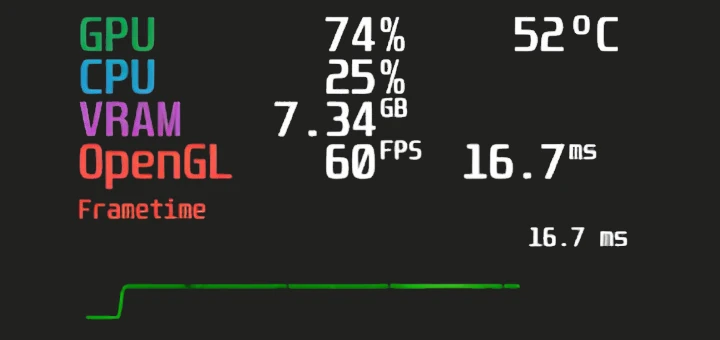
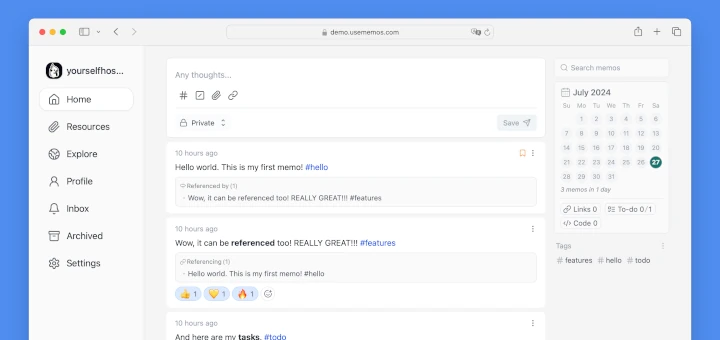
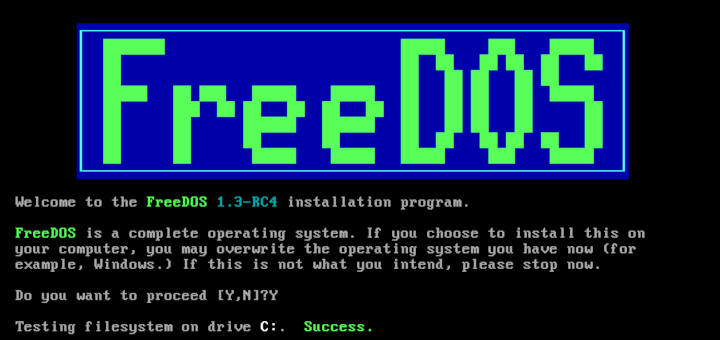
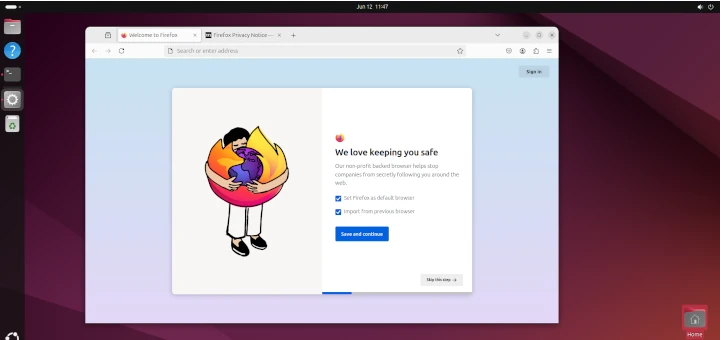
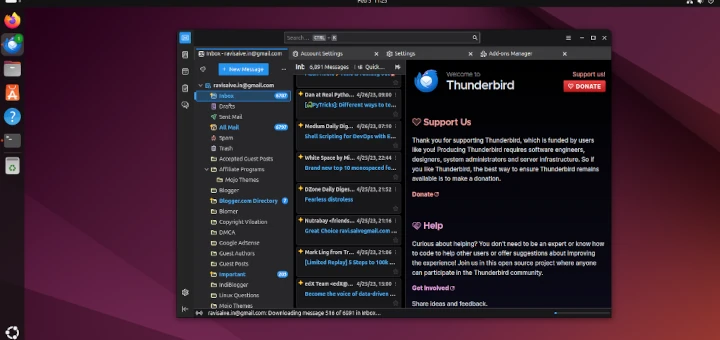

Hey Thanks Avishek, I am really enjoying Trouble maker it is improving my skills & ability towards fixing broken system.
As a recently LF certified sysadmin, I will definitly take a look on that ! thanks a lot for mentioning !
There is no better way of learning than practicing !
Hello,
Can troublemaker recreate a file system error? Or, is one its “trouble” is a file sys error?
Thanks.
Dear Hello,
First Thing is always comment from your original name.
Second is, trouble maker has different modules to break your system in different way, each trouble maker module works their own way and you never know which is going to execute unless you have a broken System.
Troublemaker helps you in improving your troubleshooting skills.
I really appreciate for Patience and Guidance, Your Your URL is very useful to those who are beginners for Linux Administrators and if possible You also provide Solaris 9/10 Your URL become popular on that ..
Regards
JayaChandra.
Thanks for YOur Appreciation, @ JayaChandra
Trouble Maker is a great tool to develop your troubleshooting skills.
Yeah RoseHosting, Thanks for Your Valueable Feedback.
Hi I am very much interested to know the Interview Question on Solaris 9/10 if possible can provide..Please as soon as possible..
Yeah sure, @ JayaChandrs
One thing that is IMPORTANT if you have access to strong enough hardware, use a Virtual Machine for this. That way you can roll back and try again, and not break an important system.
Yes Arianna,
and we have mentioned it in the article itself.
Thanks for you concern.
One thing “perlArchiveTar perlYAML” should be “perl-Archive-Tar perl-YAML”.
Thanks corrected..
what is this exactly ???
A linux troubleshooter or something else ?
A tool that creates troubles, breaks your Linux System and ask you to fix the broken machine. It is a self learning kit, Try it and you wont regret.
How about reading the article?
That would help you not post such questions.
Yeah!